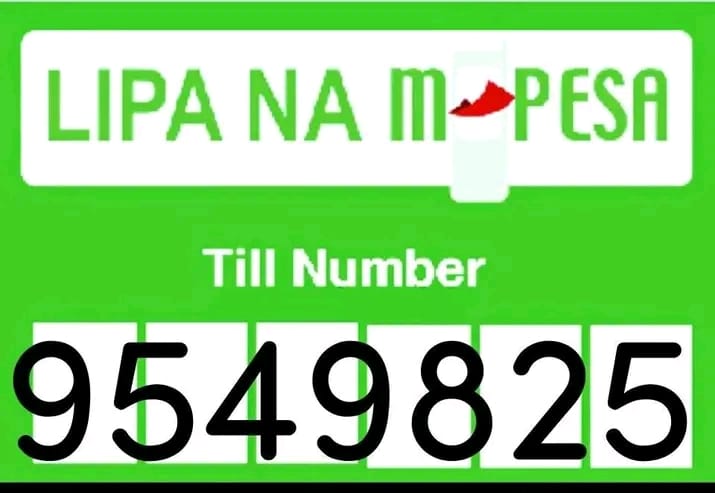
simply amazing, always for you.
If you’re in your 30s and thinking about retirement, you’re already ahead of the game. While many of your peers are still caught up in paying off student loans, managing rent or mortgages, and figuring out family finances, you’re wisely asking one of life’s most important questions: How do I make sure I’m financially secure when I stop working?

The truth is, your 30s are the perfect time to lay the foundation for a comfortable retirement. Why? Because time is still on your side. Every dollar you invest now has decades to grow, thanks to the magic of compound interest.
This isn’t about becoming a millionaire overnight. It’s about consistent, smart financial planning that sets you up for the kind of retirement most people only dream of.
Let’s break down exactly how to budget for retirement in your 30s — realistically, strategically, and without sacrificing the life you’re living now.
Why Retirement Planning in Your 30s Is Crucial
When you’re in your 20s, retirement feels like a distant planet. But in your 30s, you start to feel the gravity of future responsibilities — a mortgage, a family, maybe even aging parents. Amid all that, retirement still seems far away… but it’s actually the ideal time to make it a priority.
Here’s why:
- Time is your greatest asset. Starting early means you can invest less and still end up with more, thanks to compound returns.
- You likely earn more now. With higher income comes a better opportunity to save.
- Financial habits are forming. The routines you set in your 30s will shape your financial future.
Bottom line: The earlier you start, the easier retirement becomes.
Step 1: Figure Out How Much You’ll Need
Let’s start with the big question: How much should you save?
There’s no one-size-fits-all answer, but a common guideline is to replace 70% to 80% of your pre-retirement income annually during retirement. So, if you expect to make $100,000 per year by the time you retire, you’d want roughly $70,000 to $80,000 per year in retirement income.

Here’s a quick estimate:
- Multiply your desired annual retirement income by 25.
This gives you the rough nest egg you’ll need.
Example: $80,000 x 25 = $2 million
This is based on the 4% rule, which suggests you can safely withdraw 4% of your retirement savings annually.
Use retirement calculators to plug in your numbers — your current age, salary, expected retirement age, savings so far, and risk tolerance. This gives you a personalized roadmap.
Step 2: Set a Monthly Retirement Savings Target
Now that you have your end goal, break it down into bite-sized chunks.
A good rule of thumb:
- Save 15% of your gross income annually for retirement. This includes employer contributions.
If you make $70,000 a year:
- You should be saving at least $10,500/year, or about $875/month
Can’t hit 15% right away? Start where you can — even 5% — and increase your savings rate by 1–2% each year.
The key is consistency, not perfection.
Step 3: Treat Retirement Savings Like a Bill
One reason people struggle to save is they treat it like an afterthought — “I’ll save whatever’s left at the end of the month.”
That rarely works.
Instead, treat retirement savings like rent or a car payment. Make it a fixed, non-negotiable part of your monthly budget.
Better yet, automate it.
Set up automatic transfers to your retirement account on payday. That way, you’re never tempted to spend that money elsewhere. Out of sight, out of mind — until one day, you retire with peace of mind.
Step 4: Maximize Retirement Accounts
Here’s where you make your money work harder.
401(k) or 403(b)
- Offered through your employer
- 2025 contribution limit: $23,000 (under 50)
- Employer match? Always contribute enough to get it. It’s free money.
Traditional IRA
- Tax-deductible now, taxed later
- 2025 contribution limit: $7,000
Roth IRA
- Pay taxes now, grow tax-free
- Great for those in lower tax brackets today
HSA (Health Savings Account)
- Triple tax advantage: pre-tax contributions, tax-free growth, tax-free withdrawals for medical expenses
- Use it like a stealth retirement account
Even if you can’t max out all these accounts, use as many as you can. They offer serious tax benefits that make your retirement savings go further.
Step 5: Reduce Expenses Without Sacrificing Joy
You don’t have to live like a monk to save for retirement. But you do need to be intentional about where your money goes.
Some simple cuts that don’t hurt much:
- Cancel unused subscriptions
- Cook at home more often
- Switch to a lower-cost cell phone or internet provider
- Refinance debt for lower interest rates
If you save an extra $200 per month and invest it at a 7% return, you’ll have over $240,000 in 30 years.
That’s a pretty compelling argument for skipping some takeout, isn’t it?
Step 6: Destroy High-Interest Debt
Before you go full throttle on retirement savings, make sure high-interest debt is under control. Credit card debt — often with 20%+ interest — can completely negate your investment gains.
Focus on:
- Paying off credit cards
- Refinancing personal loans
- Setting a debt payoff timeline
Once the worst debt is gone, redirect that freed-up cash into retirement.
Step 7: Build an Emergency Fund (So You Don’t Touch Retirement)
Life happens. Your car breaks down, you lose your job, or a medical bill lands in your lap.
Without an emergency fund, you might be forced to raid your retirement savings — and that’s a costly move.
Aim for 3–6 months of living expenses in a high-yield savings account. Keep it liquid, but separate from your daily spending.
This protects your retirement like a financial force field.
Step 8: Avoid Lifestyle Inflation
Your income is growing. Great. But are you upgrading your lifestyle at the same pace?
It’s tempting to trade your Corolla for a BMW or move into a fancier place. But if you inflate your lifestyle too fast, your future self pays the price.
Here’s the move:
- Keep living like you’re earning a little less
- Use salary increases to boost your savings rate
- Save bonuses, tax refunds, and windfalls
Wealth isn’t built by spending more. It’s built by saving the gap between what you earn and what you spend — and investing that gap wisely.
Step 9: Get Smart With Investing
Saving is great. But investing is what actually builds wealth.
Here’s a basic strategy:
- Start with index funds or target-date retirement funds
- Don’t try to time the market
- Reinvest dividends
- Keep fees low (they eat into your returns)
- Rebalance annually
Don’t overthink it. The best portfolio is one you understand and stick with for decades.
Step 10: Track Your Progress Annually
Once a year, take an honest look at your retirement progress:
- How much have you saved?
- What’s your savings rate?
- How is your investment portfolio performing?
- Are your goals still realistic?
Think of it like an annual health checkup — for your money.
If you’re behind, adjust your contributions. If you’re ahead, consider other goals like early retirement or financial independence.
Sample Monthly Budget for a 30-Something Saving for Retirement
Here’s a realistic example for someone earning $5,000 per month:
| Category | % of Income | Amount |
|---|---|---|
| Rent/Mortgage | 25% | $1,250 |
| Groceries | 10% | $500 |
| Utilities & Internet | 5% | $250 |
| Insurance (Health/Auto) | 5% | $250 |
| Transportation | 10% | $500 |
| Debt Payments | 5% | $250 |
| Emergency Fund | 5% | $250 |
| Retirement Savings | 15% | $750 |
| Entertainment/Personal | 10% | $500 |
| Miscellaneous | 10% | $500 |
This kind of structure leaves room for living while still prioritizing retirement.
Start Now, Thank Yourself Later
The best time to start saving for retirement was yesterday. The second-best time? Today.
Your 30s offer a rare blend of youth and earning power. The earlier you commit to saving and budgeting for retirement, the more choices you’ll have in the future — not just about when you can stop working, but how you want to live once you do.
Start small, stay consistent, and keep your eyes on the long game.
Because one day, when you’re sitting on a beach or hiking through the Alps in your 60s — you’ll be so glad your 30-something self made the decision to prepare.

Support Our Website!
We appreciate your visit and hope you find our content valuable. If you’d like to support us further, please consider contributing through the TILL NUMBER: 9549825. Your support helps us keep delivering great content!
If you’d like to support Nabado from outside Kenya, we invite you to send your contributions through trusted third-party services such as Remitly, SendWave, or WorldRemit. These platforms are reliable and convenient for international money transfers.
Please use the following details when sending your support:
Phone Number: +254701838999
Recipient Name: Peterson Getuma Okemwa
We sincerely appreciate your generosity and support. Thank you for being part of this journey!
